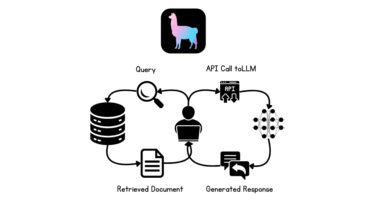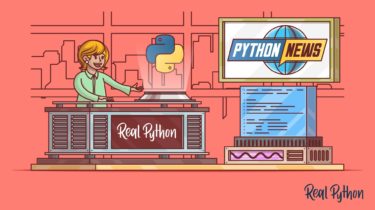Sorting Dictionaries in Python: Keys, Values, and More
You’ve got a dictionary, but you’d like to sort the key-value pairs. Perhaps you’ve tried passing a dictionary to the sorted() function but didn’t receive the results you expected. In this video course, you’ll go over everything you need to know to sort dictionaries in Python. In this video course, you’ll: Review how to use the sorted() function Learn how to get dictionary views to iterate over Understand how dictionaries are cast to lists during sorting Learn how to specify […]
Read more




